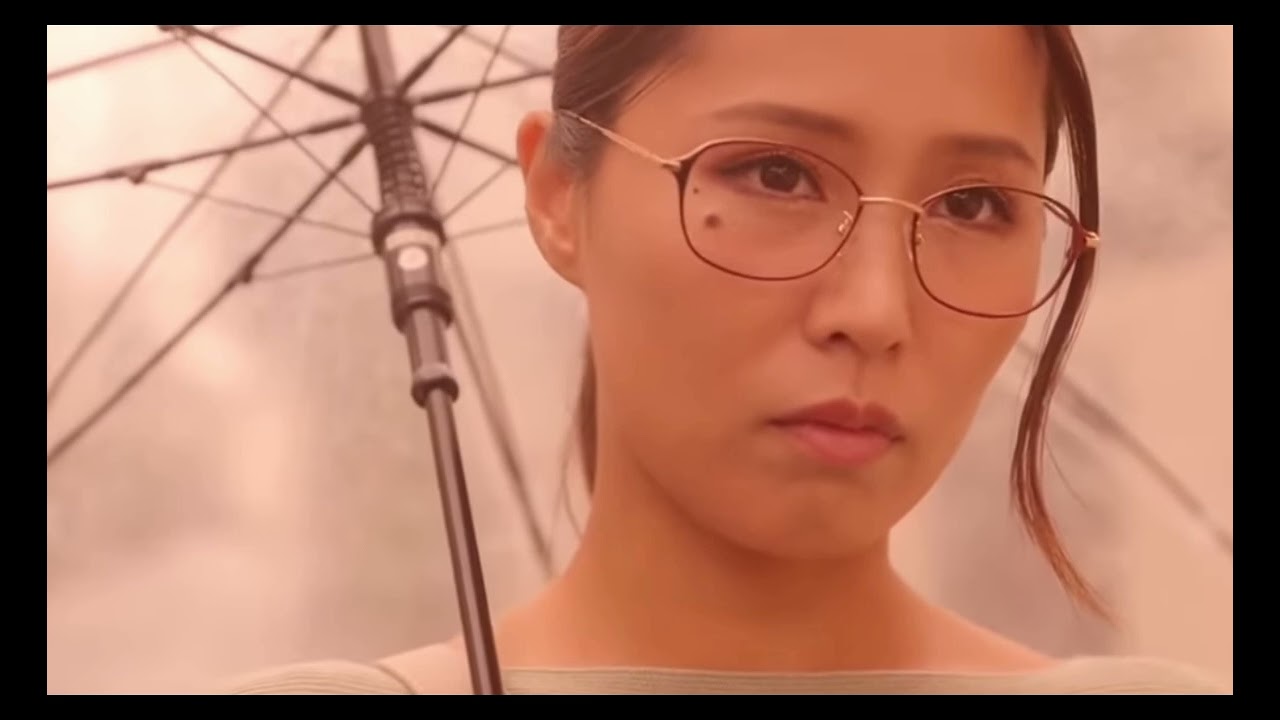Ever wondered what makes a photograph truly captivating, setting it apart from the mundane snapshots that flood our digital lives? The answer often lies in a subtle yet powerful element: bokeh. Bokeh isn't just blur; it's an art form, a whisper of visual poetry that transforms the ordinary into the extraordinary, and understanding its origins unlocks a deeper appreciation for the artistry behind the lens.
The term "bokeh" has gracefully entered the lexicon of photography enthusiasts and professionals alike, often uttered with a reverence reserved for the more esoteric corners of artistic expression. But what exactly does it mean, and where does this intriguing word come from? The journey into the heart of bokeh begins with a linguistic expedition to Japan, the birthplace of this captivating concept.
| Aspect | Details |
|---|---|
| Term | Bokeh () |
| Origin | Japanese |
| Root Words | Boke (): Blur, haze Pinboke (): State of being out of focus Bokeru (): To become befuddled, senile |
| First Use in Photography | 1990s |
| Definition in Photography | The aesthetic quality of the blur produced in the out-of-focus parts of an image produced by a lens. It's not simply the blur itself, but the character of the blur. |
| Dual Meaning | Can refer to the effect itself ("That photo has bokeh") or the quality of the effect ("That image has very pleasant bokeh") |
| Related Term | Bokeh-aji (): Blur quality |
| Popularity | Gained popularity with advancements in camera lens technology in the late 20th century. |
- Exploring The Buzz Around Camilla Arauacutejo Porn Video Whatrsquos The Real Story
- Anjali Arora Mms Defamation Case Latest Updates News The Inside Scoop You Need To Know


